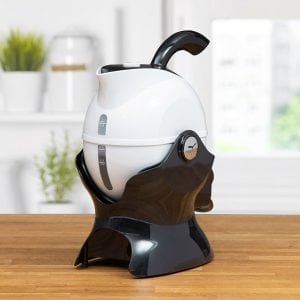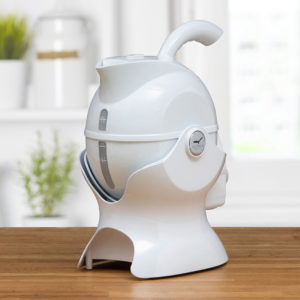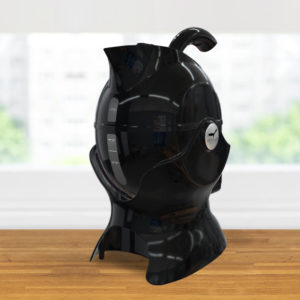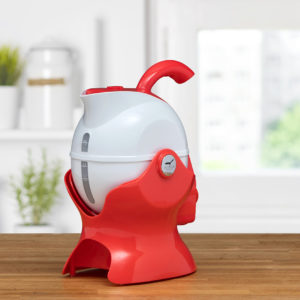This winter, we’re heading towards the unknown. With the cost of gas and oil increasing almost daily and the rise in inflation fueled further by the War between Russia and Ukraine. It is the everyday citizen who will feel the pinch, who will have to make the tough decisions when it comes to lighting and heating their homes.
In today’s world, we simply have more. More devices, appliances, gadgets, and sources of energy than ever before. While this is all for the positive, it can be hard to alter our dependency on them now, when they appear to be costing us an arm and a leg. Luckily, there are things we can do to help limit any unnecessary usage of energy and that is by understanding what is costing us the most.
Let’s start at the very beginning, a very good place to start. It’s time to look through the energy bill. See what parts of the day and night you are using the most energy. Once you have found them, it should be easy to understand and remember based on your general routine. For example, should your energy bill show a peak between the hours of 6 and 8 pm this could be down to cooking dinner, showing, and watching the television.
Our focus here today is to help you to reduce your energy costs with regards to any hot water appliances. All can be found in the kitchen.
First Things First:
When it comes to caring for and managing your energy costs, you will want to keep an eye out for the silent killer – Limescale. Living in an area with hard water can mean paying more for your energy. In fact, hard water can add up to 28% more on your annual bill.
Limescale is the white chalk like material that lives in any appliance dealing with hot water (your kettle, washing machine, dishwasher, iron). It is a crusty residue left behind after hot water. If limescale is present in your appliances it means they have to work harder to achieve the same goal which ultimately increases your energy costs.
Reducing Energy Costs in the Kitchen:
Kettle
Here in the UK, we consume over 100 million cups of tea per day. Now that the winter is rolling in with the cold weather, this could possibly increase and not just for tea, for the hot water bottle too.
How to make your kettle more energy efficient:
- Removal of Limescale
Like we said before, limescale is the silent killer, for your appliance and your pocket. There are a number of ways we recommend to descale your kettle. But our favourite is Oust.
- Half fill your Uccello Kettle with water and put onto boil.
- Unplug it and bring the body to the kitchen sink.
- Pour your Oust sachet into the water and leave for 10 minutes.
- Rinse and boil again with clean water.
- Rinse one last time and voila. Good as new.
- All for One & One for All
It might seem basic, but when boiling the kettle, it makes sense to ask around to see who would like to be added. This means instead of multiple boils, the kettle is boiled just once. Good to know that the Uccello Kettle can boil enough for 6 cups of tea in one boil too.
- Only What’s Needed
It costs you more to boil a full kettle, so next time when filling the kettle only boil what you need. Take a leaf from our book, after you’ve asked around, and have the number of cuppas you need to make. You can guarantee the correct amount by using the cup you are going to enjoy your team from. Spot on every time!
Washing Machine
- Help it to Live Longer
Just like the kettle, the washing machine deals with hot water too and means limescale. The sad truth is, you won’t see the damage until it’s too late. Oust does come to the rescue here again and all you need to do is:
- Empty your powder sachet into the washing machine draw.
- Ensure that the drum is empty.
- Put it on a hot wash (40 degrees).
- Washing machine.
- Even when it’s Dirty – Wash at 30
Most of the energy used when washing clothes is the machine boiling the water. By choosing to run the machine at a cooler temperature you will be saving energy each and every time. The only time you would ever really need a wash hotter than 30 degrees would be in you swam in grease.
- Full to the Gills
I once had an uncle who would put the washing machine on for 1 shirt. Even back then before the country worried about conserving water and the energy hikes now I thought it was wasteful a madness. This is why I recommend that when washing, make sure your washing machine is full to get bang for your buck.
Dishwasher
It’s no big secret that using the dishwasher is more efficient and economical. It doesn’t use as much water and you don’t have to be sent over the sink hand washing too. In order to make sure it doesn’t cost you an arm and a leg here are a few tips to make the dishwasher more energy efficient.
- Descale It
It’s important to ensure that your dishwasher is descaled on a regular basis. Very like the washing machine, the damage can’t be seen until it too late. With descaler, we recommend Oust once again. All you need to do is:
- Empty 1 sachet into an empty machine.
- Put the dishwasher on for 1 hot wash.
- Once dry, your dishwasher is ready to run.
- Turn Off Before Drying
It may sound odd, but by turning the dishwasher off before its drying cycle you can help to reduce the cost of running the machine each time. By turning it off and leaving the door open for the dishes to try naturally, it can help save the pennies and pounds.
- Using Eco Settings:
Nearly all dishwashers have an ‘eco wash’. This generally means that they use less water and take less time to clean. The eco-wash should be used for everyday cleaning. The need for a hotter more intense wash is if it were rather greasy dishes.
With small smart changes like we have mentioned above, you will be able to save money, use less energy and dare we say it, enjoy your winter and Christmas.
Should you have any suggestions or ideas, please do not hesitate to contact us below or here on our contact us page.













Leave a Comment